[ad_1]
Estimated reading time: 12 minutes
Disclaimer: I am not a medical doctor and nothing in this article should be taken as medical advice. Please talk to your doctor before using any of the herbs and/or remedies mentioned in this article.

A weed is defined as any plant growing where you do not want it to grow. You’ll find these pesky plants we call weeds infiltrating your yard, popping up in your sidewalks, and slyly growing along neighborhood streets and city sidewalks.
But before you dismiss any of these hardy plants, you might want to consider their medicinal and nutritional benefits. Check out these 20 medicinal weeds you might find in your yard or neighborhood.
Want to save this post for later? Click Here to Pin It On Pinterest!
1. Chickweed
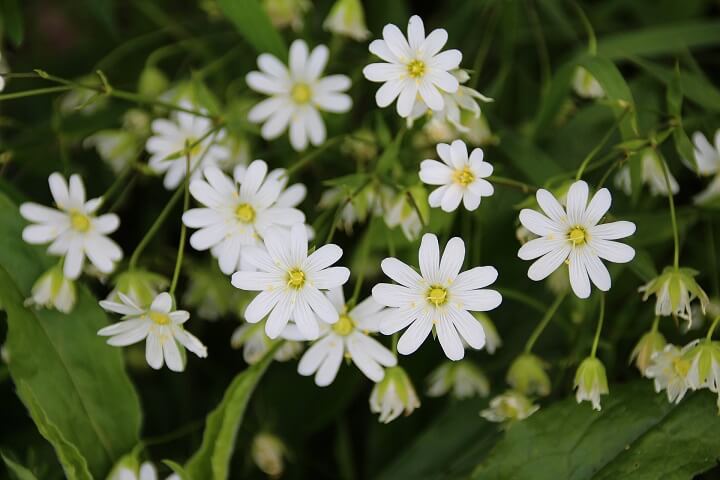
Chickweed is both a tasty spring edible and a medicinal plant. Chickweed tea has been used to treat constipation and other stomach problems due to its laxative properties. This little plant can also be made into ointments and creams to treat conditions such as dry itchy skin and psoriasis.
2. Chicory
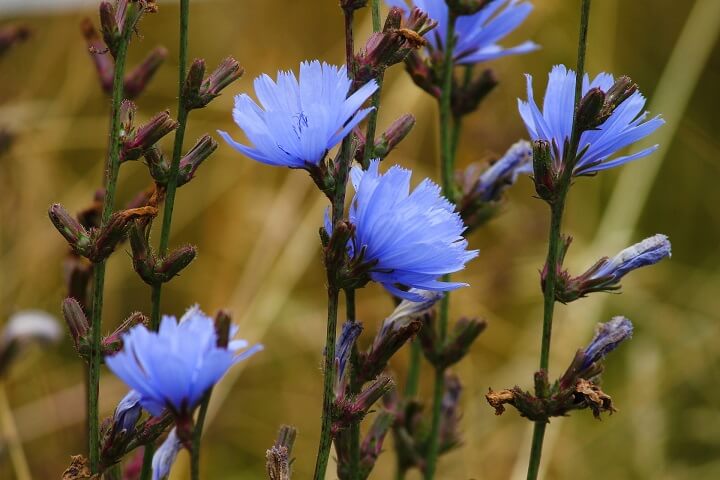
Chicory has been cultivated for thousands of years for its medicinal properties. Bruised leaves are used as a poultice on swelling. The root is used to make extract, which has traditionally been used for its anti-inflammatory, antibacterial, and sedative properties. It is thought to lower both pulse and blood pressure.
3. Cleavers
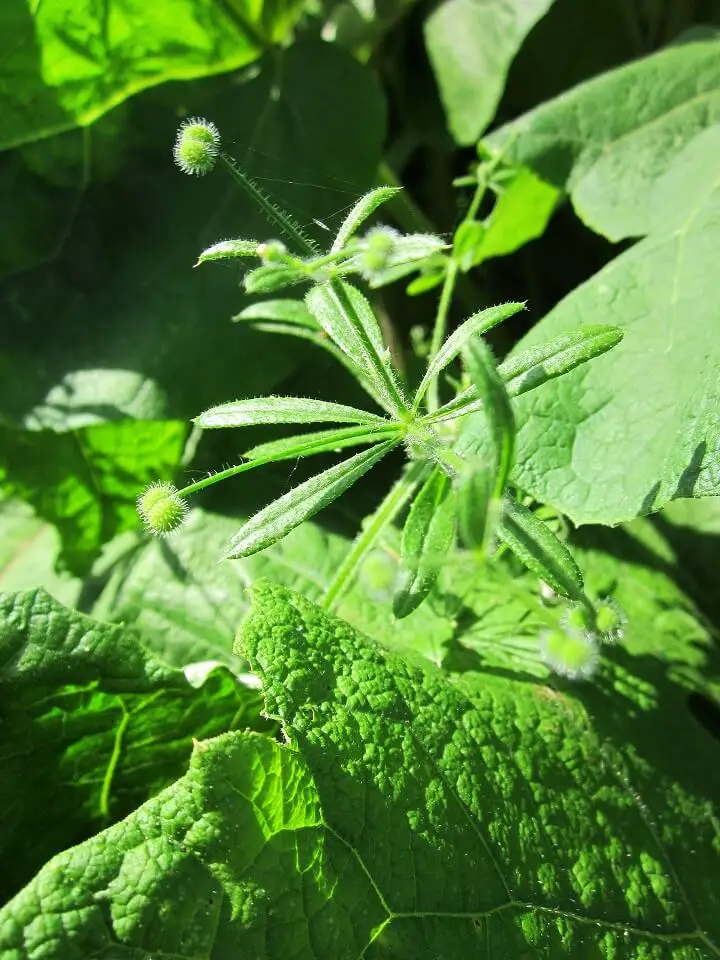
As legend would have it, the Virgin Mary made a bed out of cleavers for the baby Jesus, giving it the name, bedstraw. This widespread weed is most often made into a tea which can be sipped throughout the day to treat urinary tract infections, balance the lymphatic system, and support the liver.
4. Common Mallow
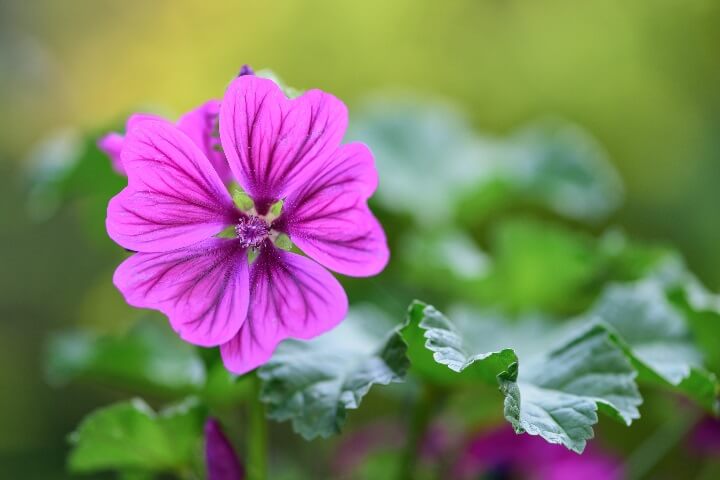
Common Mallow roots can be made into a tea, which is used to treat digestive tract issues. This plant can also be used for cough and cold, irritated throats, stomachaches, and to treat wounds. The seed pods contain 21% protein, and young leaves can be cooked and eaten like salad greens.
5. Creeping Charlie (Ground Ivy)
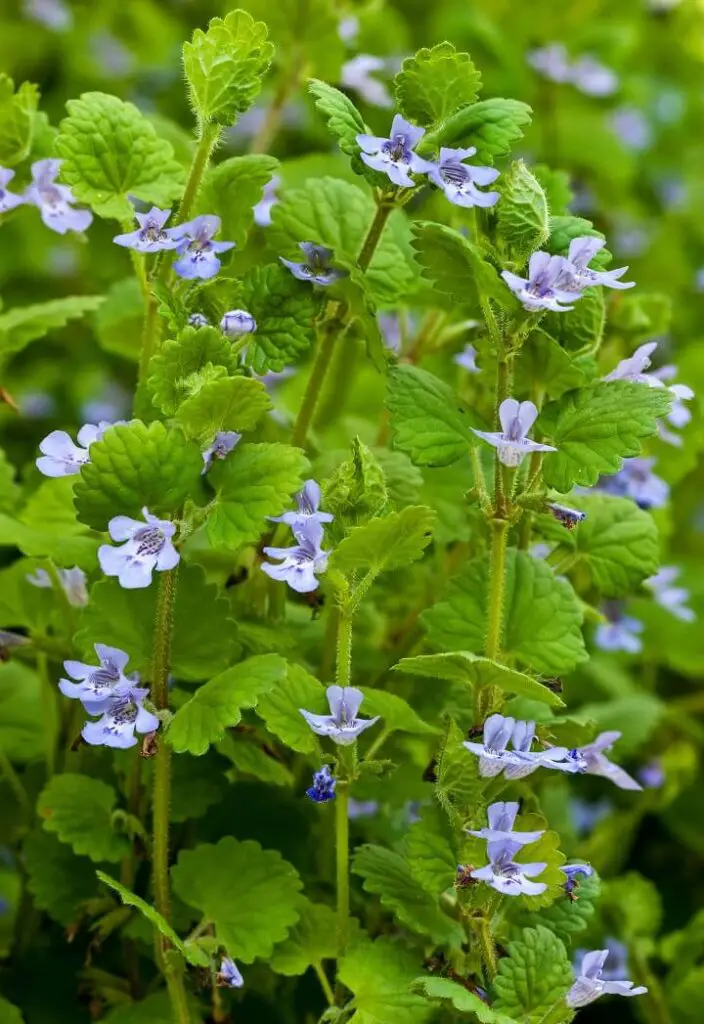
Creeping Charlie, also known as ground ivy, was brought to America by European settlers as food and medicine. This member of the mint family was used for a number of purposes, from beer making to medicine.
It was used as a tonic, and a tea, rich in in vitamin C and other vitamins and minerals, to prevent scurvy and treat a number of conditions. These include cough and lung issues, sinus issues, head colds, tinnitus, cancer, and to treat cuts and sores.
6. Daisies

Wild daisies are often used to make a tea. This wild weed is used to treat problems such as coughs, inflammation, liver and kidney problems, and loss of appetite.
Wild daisy can also be applied topically to sores, scratches, and small wounds. It can treat rashes, bruises, and even eczema. Wild daisy can be made into a tincture which treats acne.
7. Dandelion
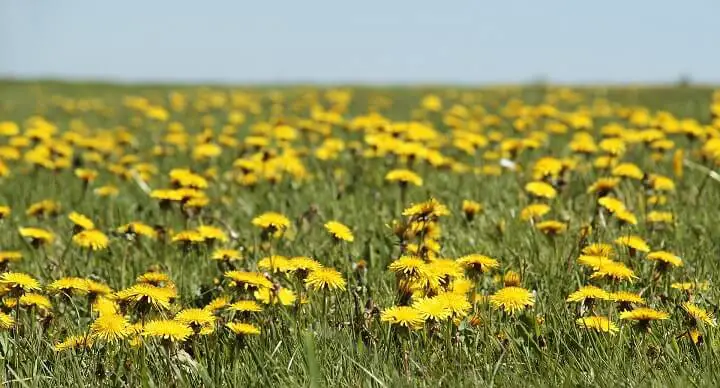
These pesky weeds seem to appear out of nowhere – first as a yellow floweret, followed by white fluffy seed heads. Although you might try hard to eradicate these pests, you may be inspired by their medicinal uses.
In traditional folk, Native American, and Chinese remedies, dandelions have traditionally been used as a diuretic, to treat skin damage, liver problems, diabetes, and even cancer. The roots can be made into a coffee-like drink for energy. The roots of the plant can also be made into tinctures, teas, and infusions.
Related Article: 8 Things To Do With All Those Dandelions
8. Jewelweed
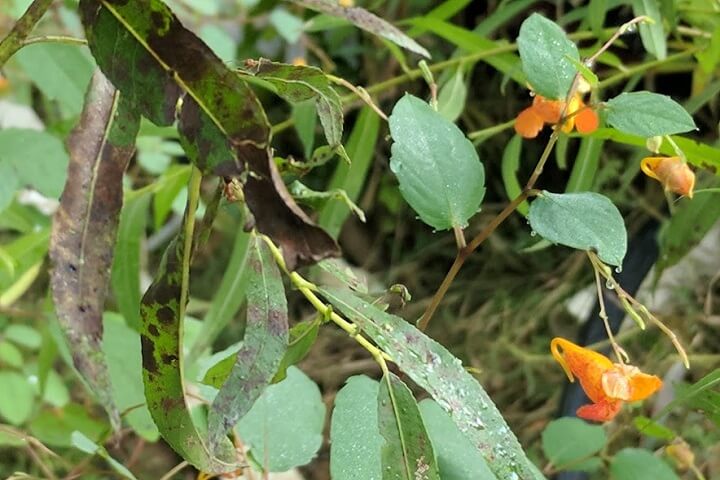
This tall weed thrives in wet, shady areas such as woods and wetlands. The trumpet-shaped flowers resemble jewels, giving it its name. It is frequently found growing next to poison ivy, for which it is a quick and easy remedy. Jewelweed also has anti-inflammatory, anti-histamine, and anti-fungal properties.
Jewelweed is effectively used as a fresh plant poultice to treat skin problems such as rashes, big bites, eczema, and rashes from stinging nettle. It can also be made into a salve or an infusion. If desired, the leaves can be made into a tea which is then frozen. The frozen tea can be applied directly to the skin for relief.
9. Kudzu

Kudzu has long been known as a noxious weed. This fast spreading vine can be eaten like spinach or used herbally. The root of the kudzu vine is often made into a tea to treat a number of health issues, including hangovers and blood glucose problems.
10. Lambsquarter
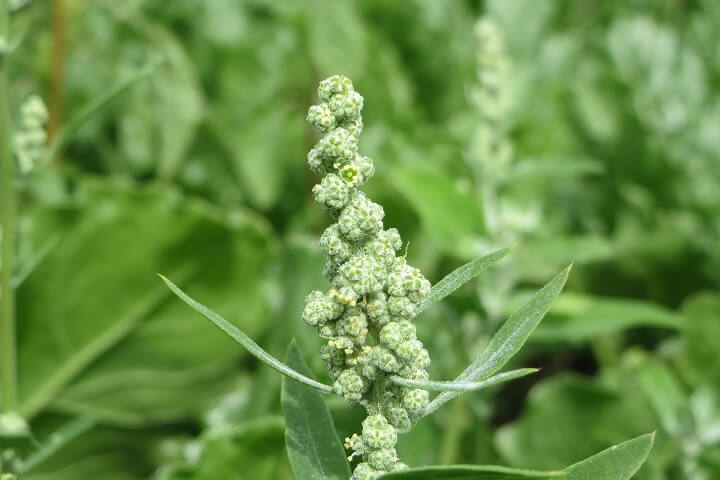
This weed grows easily in the wild but has many uses in traditional medicines. For example, the leaves can be chewed into a paste and applied to insect bites or stings, sunburn, and mild wounds to bring relief. The leaves can be made into a tea, which have been used to treat inflammation, stomachaches, and diarrhea.
11. Mint
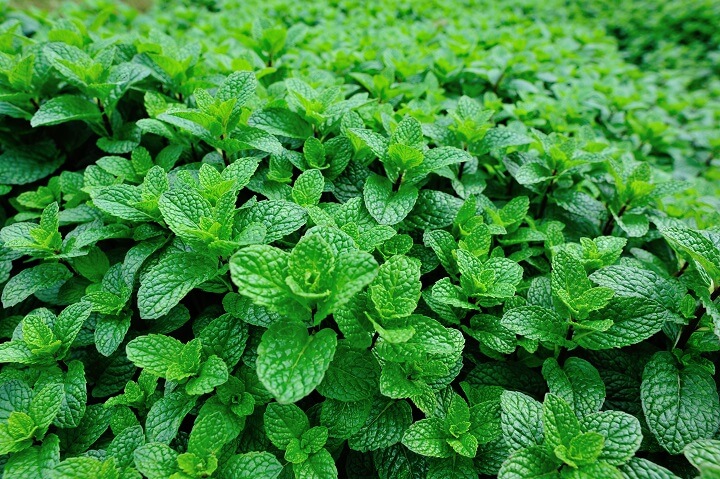
Perhaps best known for flavoring toothpastes and candies, mint has long been around as an herbal remedy, as well. You might cultivate it for your garden, or you might find it growing aggressively throughout your yard.
Mint is most frequently used as an extract. It can be rubbed on the temples to reduce tension headaches. Mint made into tea can be used to reduce stress and treat digestive issues.
12. Mullein

This naturalized weed is often used to make tea out of its dried leaves or flowers. The tea has been used to treat conditions such as sore throats, respiratory issues, migraines, and arthritis. It can also be used as a poultice to treat skin conditions. The leaves can be applied directly to the skin and even used as natural toilet paper.
Related Article: Mullein: The World’s Most Useful Weed
13. Plantain

Plantain is commonly found growing in your yard. This unassuming, low-growing little plant is known for disrupting lush lawns. However, the leaves of this plant are edible and have been used for centuries in folk medicine.
Plantain can reduce inflammation as well as promote healthy digestion. Plantain is often used topically to treat skin conditions such as insect stings and mild burns. The leaves can be dried and infused in oils (such as coconut oil) for topical treatments. In a pinch, you can chew up a plantain leaf and place it directly on an insect sting to soothe the pain and itch.
14. Purslane
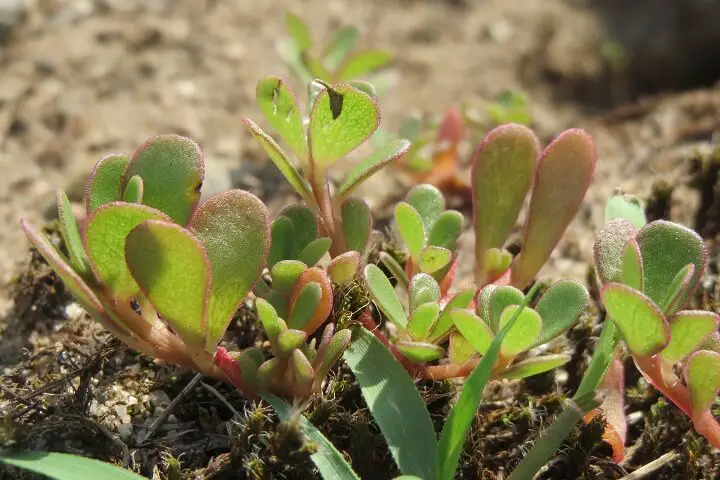
This adorable succulent ground-cover has a number of medicinal uses, as well. It helps to prevent flare-ups of psoriasis. The high magnesium concentration can reduce migraines and headaches and might even reduce the risk of cardiac arrythmias. This little weed can also help to stabilize blood sugar levels.
Purslane helps to boost the immune system and it can counteract the effects of a little too much coffee by calming jitters. Purslane is high in Omega-3 Fatty acids and calcium. Use it by mixing it in salads or cooking it in stir-fries.
15. Red Clover
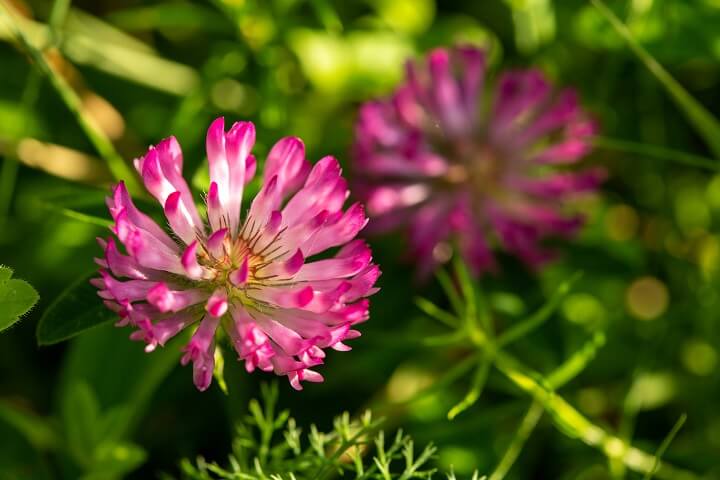
Red Clover is frequently used as a tincture, tea, and in paste form. It is highly nutritious and contains many isoflavones. It has been used to boost the immune system, support healthy skin, and support endocrine function. It is thought to assist in treating cancer, as well.
16. Stinging Nettle
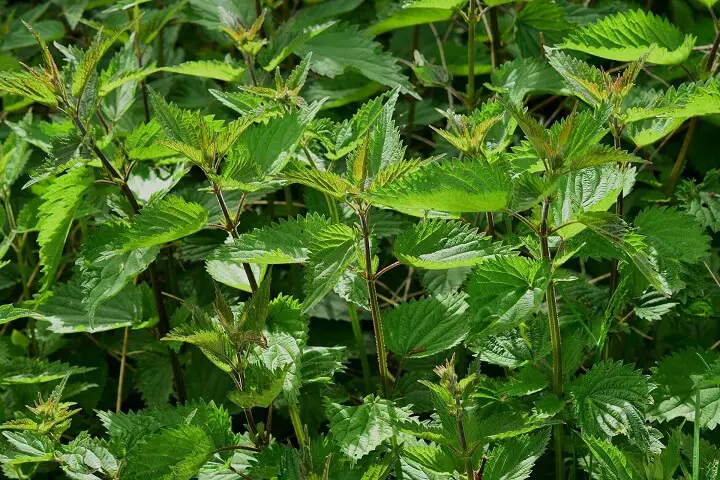
Although stinging nettle leaves a nasty rash when brushed up against, it has excellent nutritional and medicinal properties. Always use gloves when harvesting nettle to avoid its sting and only consume nettle that has been cooked or dried.
Nettle should be harvested before it flowers. Nettle tea can be used to ease stress, urinary tract issues, water retention, and diarrhea and constipation.
17. Violets
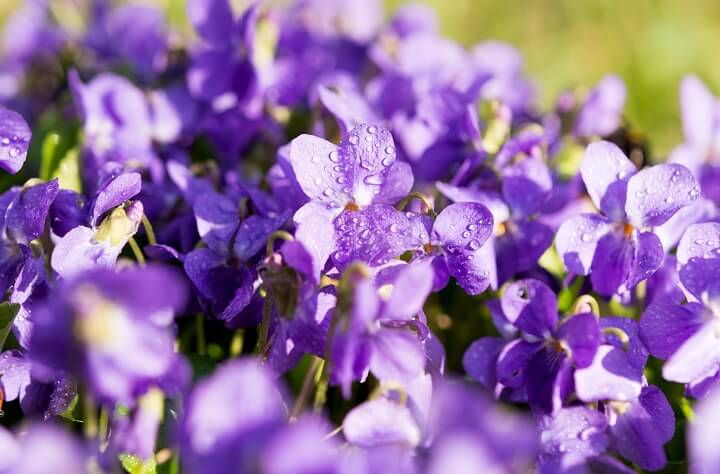
Violets are easy to find in your yard, cracks in the sidewalks, and along roadsides in central and eastern North America. This pretty little flower is frequently considered to be a weed, but it makes a pretty sight in your yard or garden and is worth keeping for its medicinal value.
The flowers and the leaves of the common blue violet are both edible and have medicinal purposes. It can be used as a compress, poultice, or salve for bug bites, eczema, and other skin issues.
18. Willow
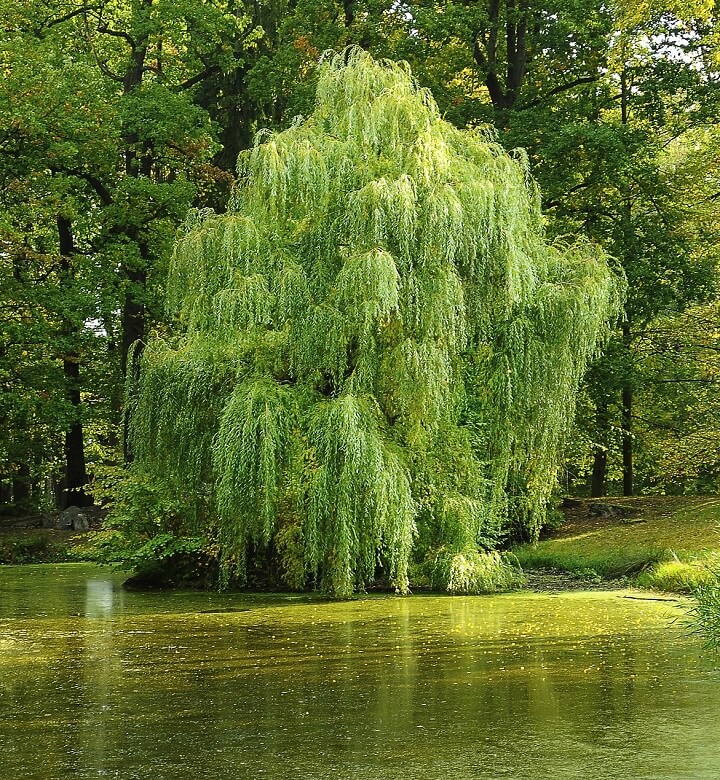
Although the willow tree is not technically a weed, but a tree, it can become quite invasive under the right conditions. The bark of the willow tree has long been used to relieve pain. Salacin, the active ingredient in the bark is sometimes used as an alternative to aspirin.
While willow bark capsules are often available at drug stores and health food stores, some people prefer to chew on the fresh bark of the willow tree. The bark can also be made into a distilled tincture or tea to be used as an anti-inflammatory or pain reliever. However, it is difficult to tell how much of the salacin you are ingesting if you use any form other than commercially made capsules.
19. Wood Sorrel
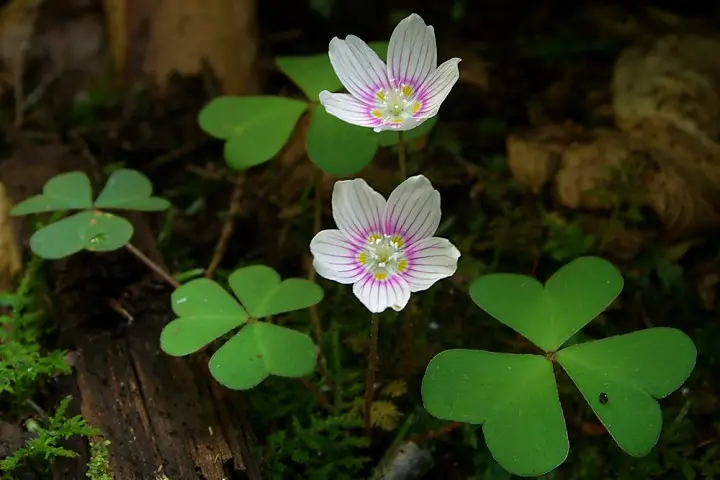
This wild weed contains so much vitamin C that it was once used to treat scurvy. It contains oxalic acid and oxalates, which may not be good for people with kidney problems.
The leaves can be crushed and placed directly on wounds or skin issues. Dried or fresh leaves can be made into a cooling drink or a decoction to soothe the stomach, treat scurvy, sore throats, and urinary tract infections.
20. Yarrow

Although often considered to be a weed, yarrow is also grown as an herb. The parts of yarrow that grow above ground can be used to make traditional medicines. Chewing fresh yarrow leaves is thought to relieve a toothache.
Yarrow also has styptic and anti-microbial properties, which make it beneficial in treating wounds. It has also been used to treat colds, hay fever, diarrhea, and loss of appetite.
Like this post? Don’t Forget to Pin It On Pinterest!
Up Next:
You May Also Like:
[ad_2]
Source link
Get more stuff like this
in your inbox
Don't Be Left Unprepared
Thank you for subscribing.
Something went wrong.






